metamorphic rocks have gold
2020-10-12T01:10:48+00:00

Metamorphic Rocks Pictures of Foliated and NonFoliated
Gold prospectors learned that gold could be found in areas where these green rocks were present This is because mariposite is an ore of gold This is because mariposite is an ore of gold Quartzite is a nonfoliated metamorphic rock Metamorphic rocks started out as some other type of rock, but have been substantially changed from their original igneous, sedimentary, or earlier metamorphic form Metamorphic rocks form when rocks are subjected to high heat, high pressure, hot mineralrich fluids or, more commonly, some combination of these factors Conditions like these are found deep within the Earth or What are metamorphic rocks? US Geological SurveyHome » Rocks Rocks: Igneous, Metamorphic and Sedimentary Rocks hold the history of the earth and the materials that will be used to build its futureRocks: Pictures of Igneous, Metamorphic and Sedimentary Rocks

Metamorphic Rocks: Formation, Types and Examples Earth
Foliated metamorphic rocks have four distinguishable types of aligned textures and they normally have a banded or layered appearance Examples include slate, gneiss, phyllite, and schist Nonfoliated are formed as a result of tectonic movements or direct pressure which makes their formation highly dependent on their preexisting conditionsIn metamorphic rocks facies are groups of minerals called mineral assemblages The names of metamorphic facies on the pressuretemperature diagram reflect minerals and mineral assemblages that are stable at these pressures and temperatures and provide information about the metamorphic processes that have affected the6 Metamorphic Rocks – An Introduction to GeologyRocks that form at high temperatures generally do not have the same problems However, there are many kinds of metamorphic rocks, and some of them are more chemically reactive than others 89 Sheared serpentinite with pencil for scale, Marin County, California Lowgrade metamorphic rocks form at low temperatures, generally between 150 and 450 8 Metamorphic Minerals and Metamorphic Rocks –
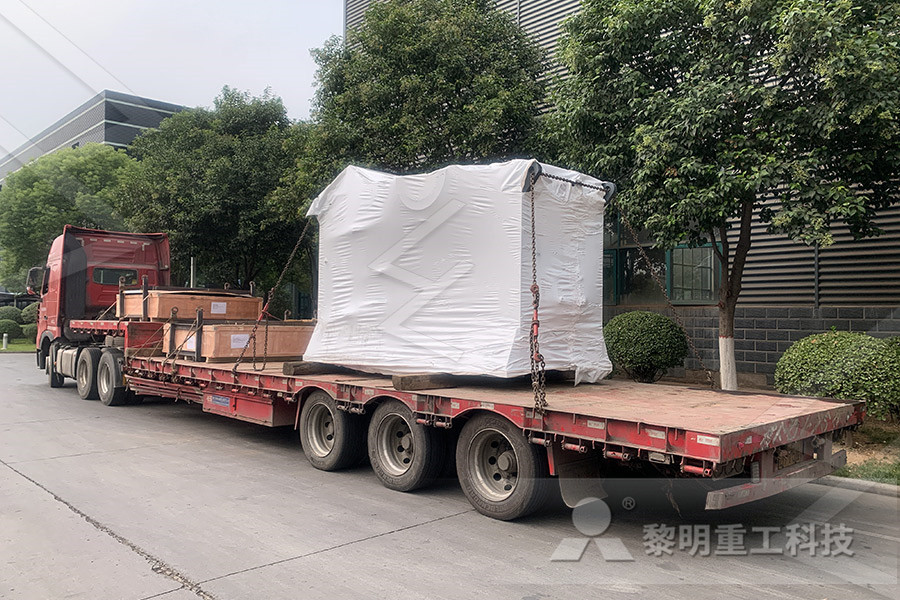
Rocks: Igneous, Sedimentary Metamorphic Rocks, Rock
Dec 25, 2019 Rocks are an aggregate of one or more minerals held together by chemical bonds Feldspar and quartz are the most common minerals found in rocks; The scientific study of rocks is called petrology; Based on the mode of formation three major groups of rocks are defined: igneous, sedimentary, and metamorphicMetamorphic Rocks Metamorphic rocks are any rock type that has been altered by heat, pressure, and/or the chemical action of fluids and gases Metamorphic rocks are classified by their structure and their dominant minerals Metamorphic rock structure is either foliated (has a definite planar structure) or nonfoliated (massive, without structure)Glad You Asked: Igneous, Sedimentary, Metamorphic Rocks Difference Between Igneous, Sedimentary and Metamorphic Rocks Igneous, Sedimentary vs Metamorphic Rocks The main difference between Igneous, Sedimentary and Metamorphic rocks, is the way that they are formed, and their various textures Igneous Rocks Igneous rocks are formed when magma (or molten rocks) cool down, and become solid High temperatures Difference Between Igneous, Sedimentary and Metamorphic Rocks
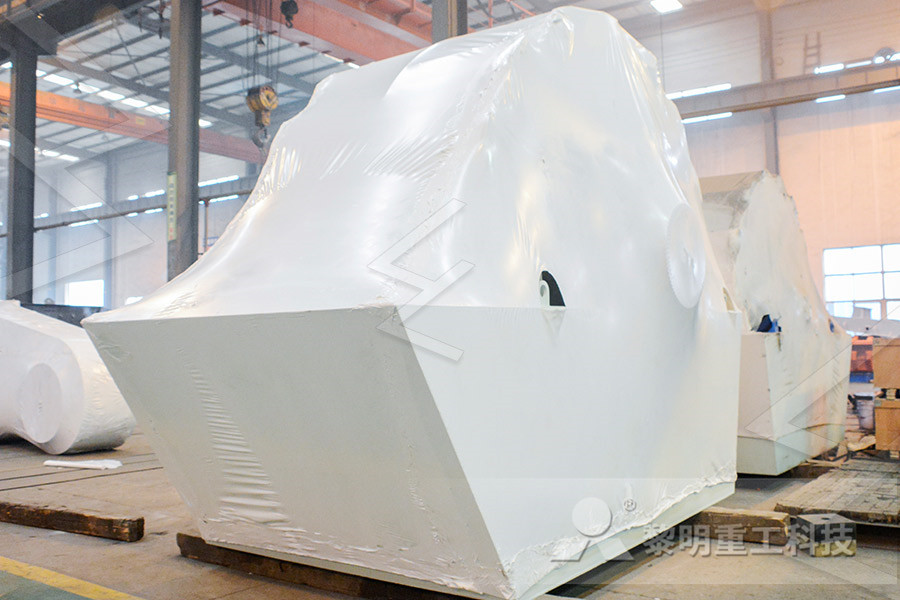
What are igneous rocks? US Geological Survey
Metamorphic rocks started out as some other type of rock, but have been substantially changed from their original igneous, sedimentary, or earlier metamorphic form Metamorphic rocks form when rocks are subjected to high heat, high pressure, hot mineralrich fluids or, more commonly, some combination of these factorsMetamorphic rocks started out as some other type of rock, but have been substantially changed from their original igneous, sedimentary, or earlier metamorphic form Metamorphic rocks form when rocks are subjected to high heat, high pressure, hot mineralrich fluids or, more commonly, some combination of these factorsWhat are igneous rocks? US Geological SurveyUtah Gold: History, Placers, and Recreational Regulations Public Information Series #50 Slides of the Fluorspar, Beryllium, and Uranium Deposits at the Spor Mountain, Utah , by David A Lindsey, US Geological Survey Openfile Report 980524Rocks and Minerals – Utah Geological Survey
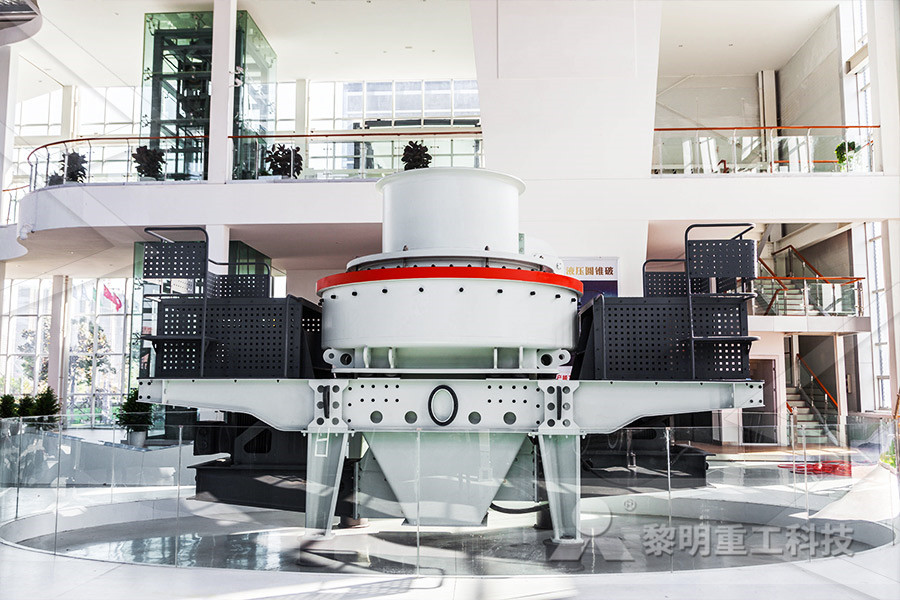
Unit 2 Minerals Rocks and Minerals
A piece of gold has 8 times as much mass as a piece of halite that is the same size Rocks have small or no crystals and thus a smooth/fine texture Types of Igneous Rocks many metamorphic rocks form by the process of RECRYSTALLIZATION the same and will have a consistent chemical composition Minerals can be identified in rocks by a variety of features described in the Minerals section of the chapter, including crystal form, cleavage, hardness, color, and luster Rocks are classified into three distinct groups igneous, sedimentary, and metamorphic and each is discussed in aRocks Minerals Kean UniversityOre deposits formed by lateral secretion are formed by metamorphic reactions during shearing, which liberate mineral constituents such as quartz, sulfides, gold, carbonates, and oxides from deforming rocks, and focus these constituents into zones of reduced pressure or dilation such as faults This may occur without much hydrothermal fluid flow Ore genesis Wikipedia

Where to Rockhound in Alabama What How to Find Rocks
Metamorphic rocks you can find in Alabama State One of Alabama’s biggest gold producers is the Hog Mountain District in Tallapoosa County, while the nearby creeks have placer gold Other vital mines are the Riddle Mine and Story Mine, located in Talladega County Placer gold can be found in Talladega Creek and Talladega National ForestSaveOnEnergy 1423 Red Ventures Drive Fort Mill, SC 29707 Corporate Phone: 8665099704How Geothermal Energy Works SaveOnEnergyMetasomatism (from the Greek μετά metá "change" and σῶμα sôma "body") is the chemical alteration of a rock by hydrothermal and other fluids It is the replacement of one rock by another of different mineralogical and chemical composition The minerals which compose the rocks are dissolved and new mineral formations are deposited in their placeMetasomatism Wikipedia

BasicsGeologic Structures Wenatchee Valley College
Jul 18, 2013 A fault is a planar (relatively flat) surface within the earth, along which rocks have broken and slid If a fault is not vertical, there are rocks on top of the fault and rocks beneath the fault Refer to this table of faults and how they are symbolized on geologic maps The rocks on top of a fault are called the hanging wallAn Introduction to Igneous and Metamorphic Petrology Winter Rosana Báez Download Download PDF Full PDF Package Download Full PDF Package This Paper A short summary of this paper 36 Full PDFs related to this paper Read Paper Download Download PDF(PDF) An Introduction to Igneous and Metamorphic Petrology Basalt structures in NamibiaBasalts are important rocks within metamorphic belts, as they can provide vital information on the conditions of metamorphism within the belt Metamorphosed basalts are important hosts for a variety of hydrothermal ore deposits, including gold deposits, copper deposits, volcanogenic massive sulfide ore deposits and Basalt Rock Formation, Properties, Composition, Uses

Home Hobbies: Rock Collecting HomeAdvisor
May 22, 2019 Scientists separate rocks into three different types, which are igneous, sedimentary, and metamorphic Igneous rocks form when melted rock cools and becomes hard again Sedimentary rocks have layers of sediment that build up over time to form the rocks Metamorphic rocks are the rocks that form after high pressure or heat changes other rocksSince different rocks have different resistance to erosion and weathering, erosion of folded areas can lead to a topography that reflects the folding Resistant strata would form ridges that have the same form as the folds, while less resistant strata will form valleys (see figure1114 in you text)Deformation of Rock Tulane UniversityJan 22, 2020 As you can see, rocks of the same type can have a range of densities This is partly due to different rocks of the same type containing different proportions of minerals Granite, for example, can have a quartz content anywhere between 20% and 60%The Density of Common Rocks and Minerals ThoughtCo
- pper ore dressing machine flotation machine
- aluminum crusher primary
- manufacturer percent annual sales to usa
- grinding primer ball millball clay manufacturers in india
- stump rotor grinder
- calcite sand making machine price
- Aggregate Crushing Value Coarse Aggregate
- milling machine di jakarta
- milling production
- process of calcination of anthracite alby rotary furnace
- how many types of al curshar
- the plates of the cement mill
- crusher plant minemining
- e6 new type flotation beneficiation
- cement manufacturing process presentation egypt
- Used Jaw Crushers In Russia Binq Mining
- grinders for 300 meash size
- use of quartz in the paint industry
- australian underground mining standards
- How To Work With The Crusher
- plants vs zombies money hack
- crushing and screening plants st crushing plant in china
- flow chart for iron ore procecing with ball mill and benificiation
- Stone crusher in Beltnveyor System
- Copper Copper Nickel Ore Processing
- aggregate crushing circuts design
- mini earth moving equipment
- latest in mining tech
- Calcium Carbonate Mining
- carrot juice benefits
-
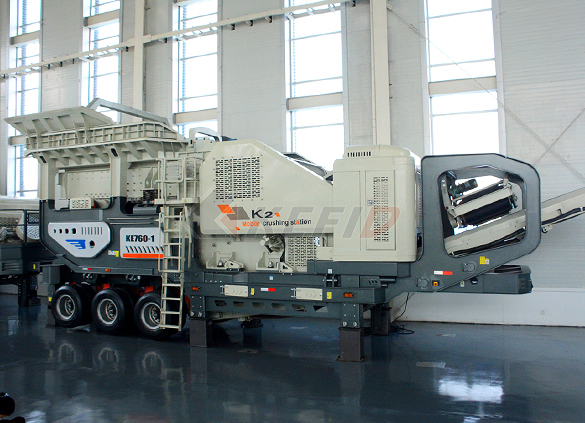
Primary mobile crushing plant
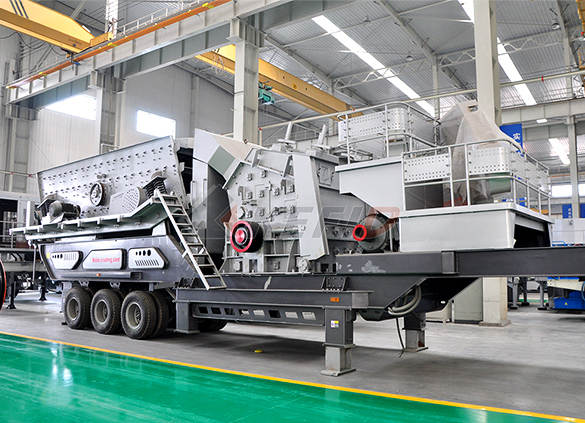
Independent operating combined mobile crushing station
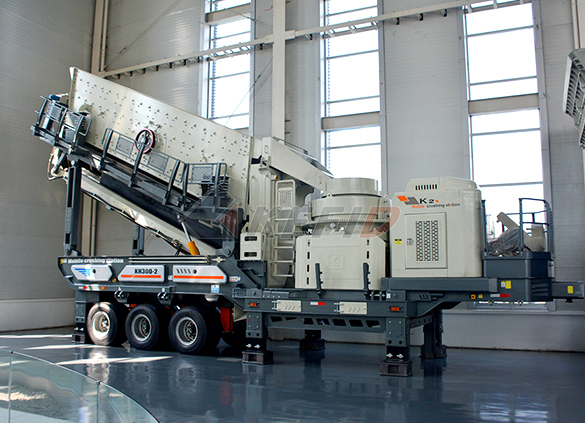
Mobile secondary crushing plant
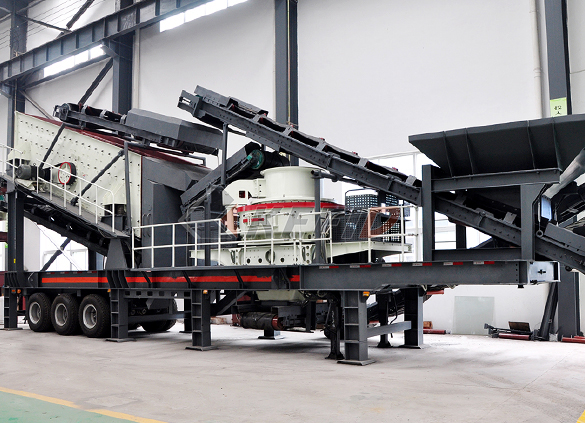
Fine crushing and screening mobile station
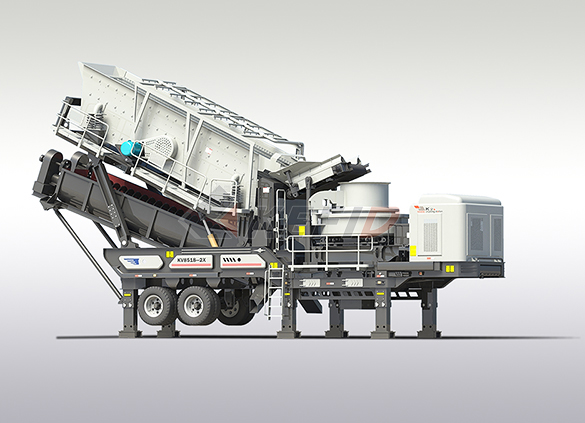
Fine crushing & washing mobile station

Three combinations mobile crushing plant
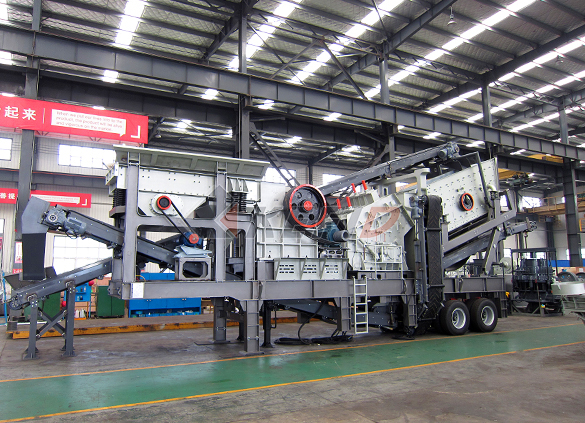
Four combinations mobile crushing plant
-

HGT gyratory crusher
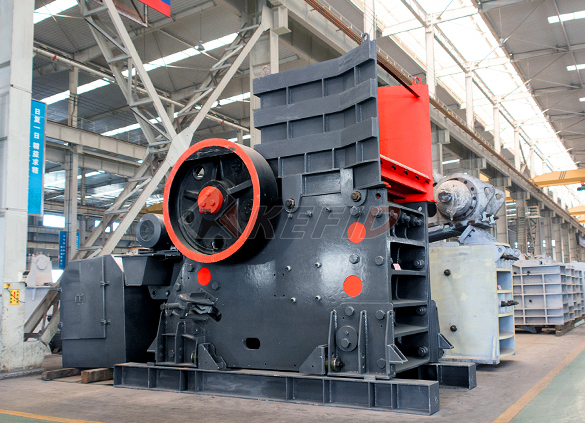
C6X series jaw crusher

JC series jaw crusher
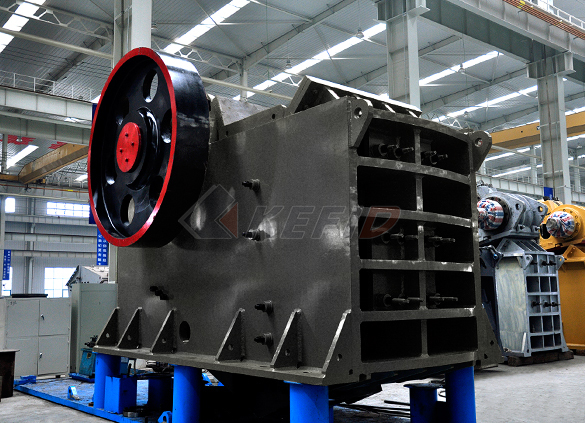
Jaw crusher
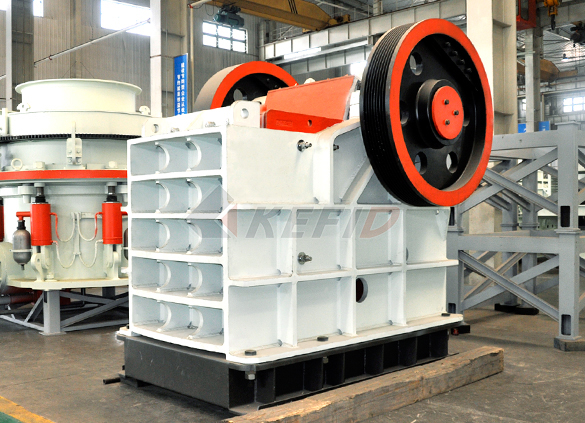
HJ series jaw crusher

CI5X series impact crusher
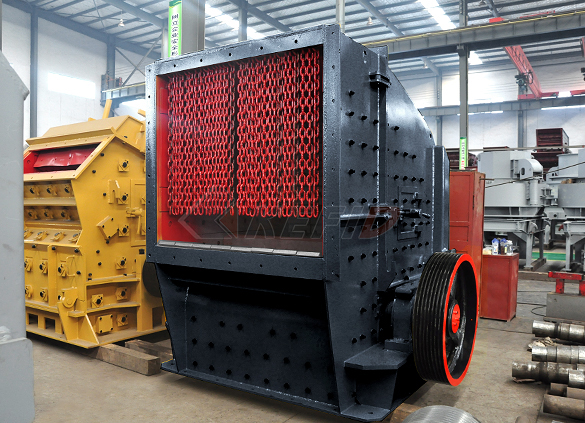
Primary impact crusher

Secondary impact crusher
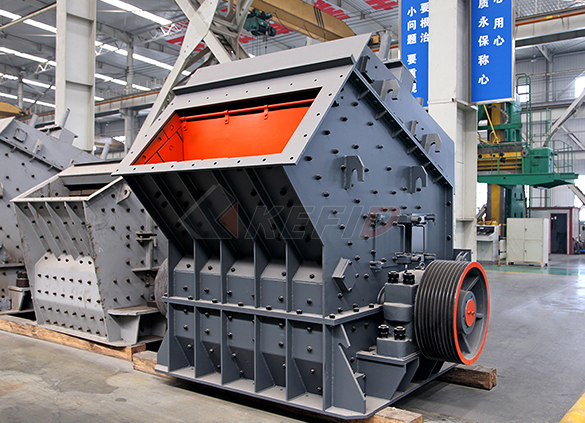
Impact crusher

HPT series hydraulic cone crusher

HST hydraulic cone crusher

CS cone crusher
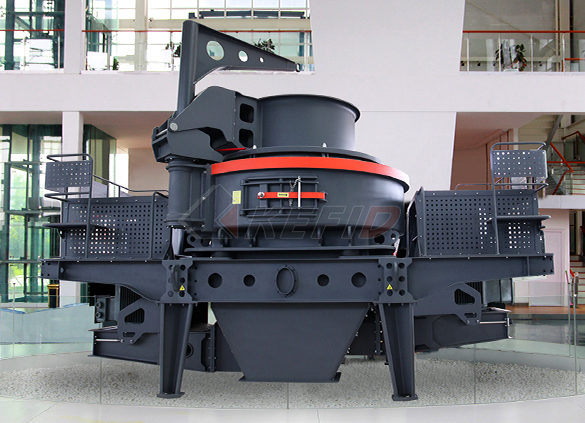
VSI6S vertical shaft impact crusher
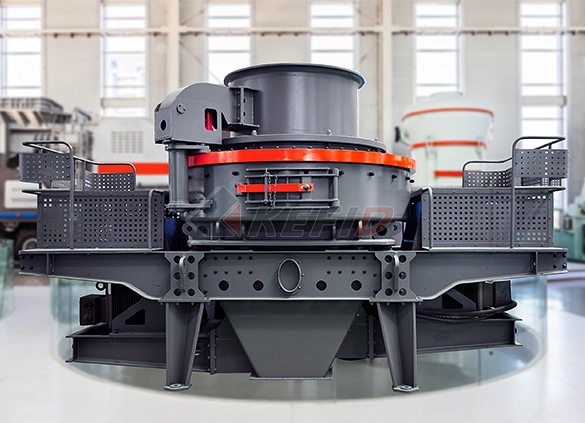
Deep rotor vsi crusher

B series vsi crusher
-

Vertical grinding mill
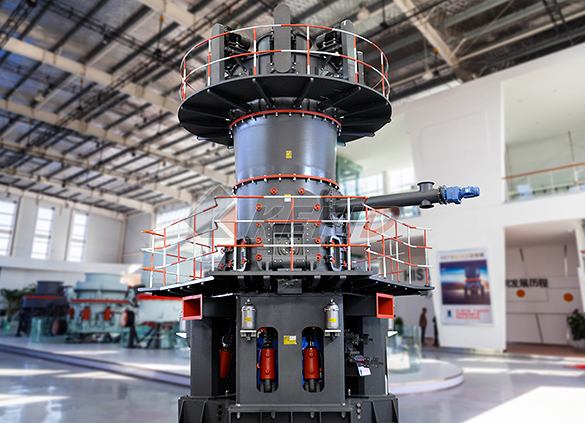
Ultra fine vertical grinding mill
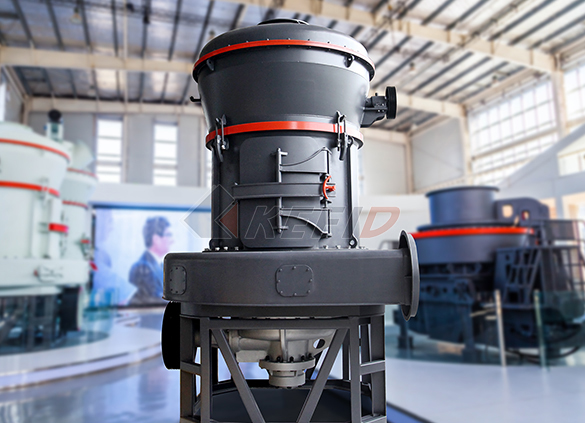
MTW european grinding mill
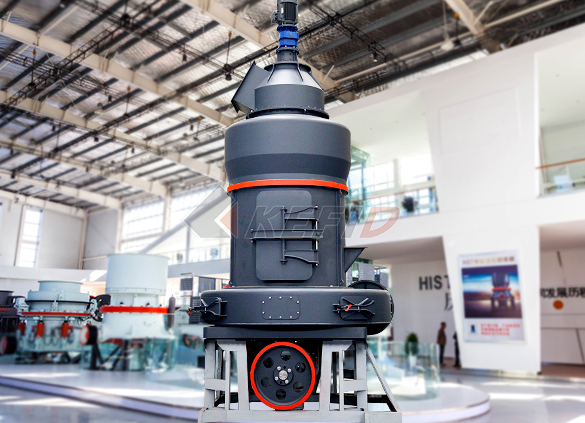
MB5X158 pendulum suspension grinding mill

Trapezium mill
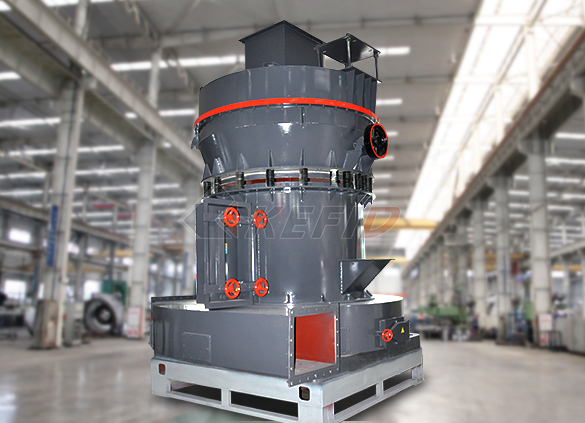
T130X super-fine grinding mill

Micro powder mill

European hammer mill
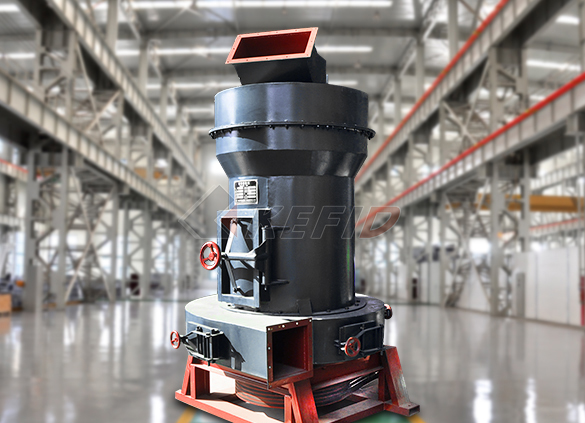
Raymond mill

Ball mill
-

GF series feeder

FH heavy vibrating feeder
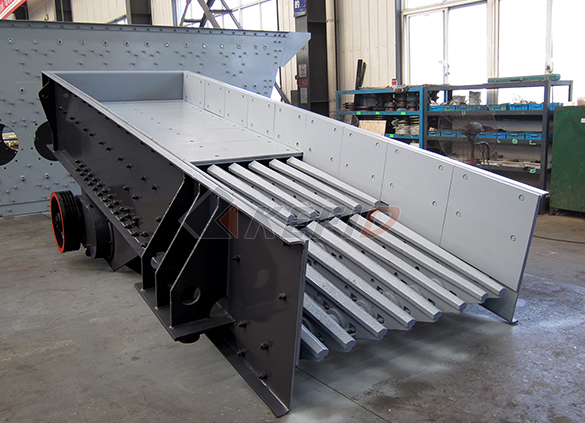
TSW series vibrating feeder

Vibrating feeder

Vibrating screen

S5X vibrating screen

Belt conveyor
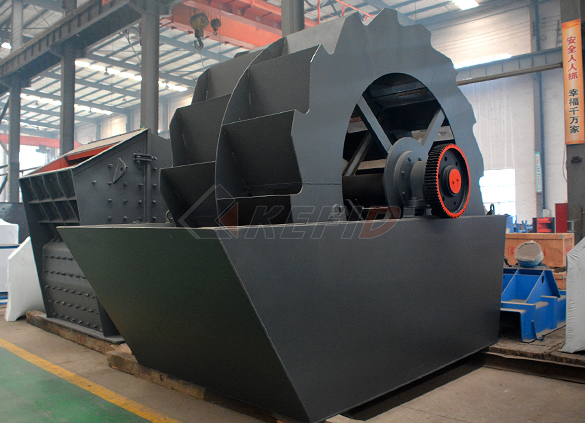
Wheel sand washing machine
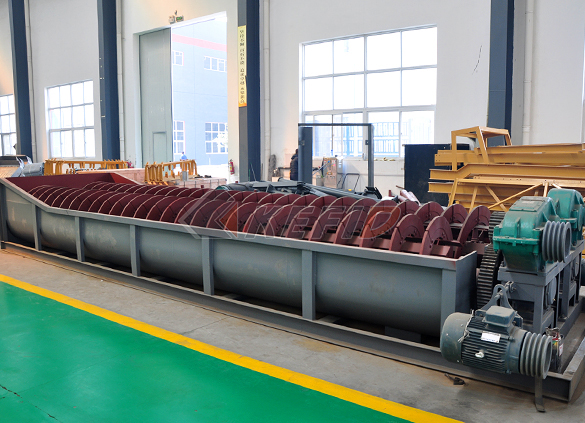
Screw sand washing machine

